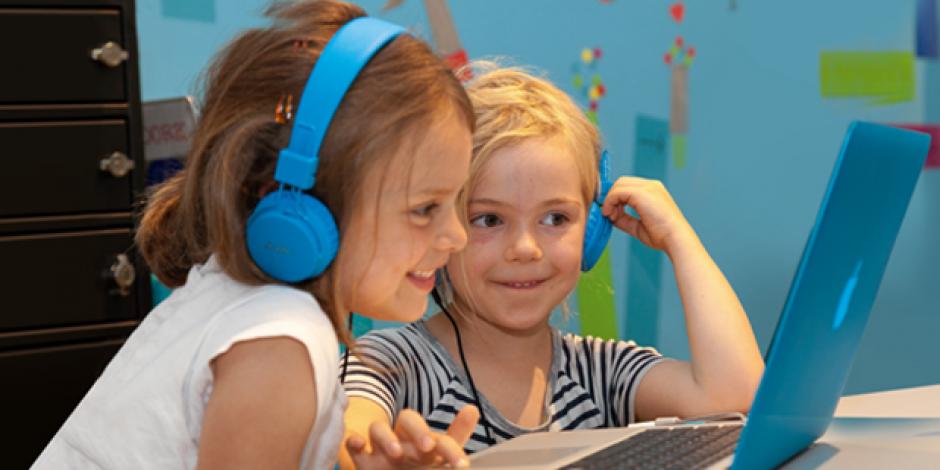On Business Spotlight Audio 4/2017, we speak to our technology editor, Eamonn Fitzgerald, about computer-programming clubs or CoderDojos, STEM toys and the future of technology education. Here, you will find two additional short clips in which he explains what CoderDojos and STEM toys are.
Use the players to listen to the audio. You will find the transcript below.
CoderDojo — a new global community
Transcript
CoderDojo is a global community of computer-programming clubs. And a generation ago, young boys and girls would have joined the Pfadfinderboy scouts and the Pfadfinderingirl guides and spent their time around Lagerfeuercampfires singing songs. Today, parents are sending their children to these clubs to learn the basics of programming. This initiative seinen Sitz habenis based in Dublin, in Ireland, which has a very dynamic tech sector. And the second part of the name, Dojo, is actually Asian. It comes from Japan. And a dojo is a place where people who are learning Kampfsport(arten)martial arts, such as karate and judo, come together to practise. And the first part of the name, Coder, is from programmierencoding. And coding is another word for programming. And so people are coming together in these clubs, there are some 600 of them in 60 different countries, and in this environment, again, they're learning the basics of computer programming.
STEM toys
Transcript
The term MINT (Mathematik, Informatik, Naturwissenschaft und Technik)STEM means "science, technology, Technik, Ingenieurwissenschaftenengineering and mathematics". And these four things are the Bausteinbuilding blocks of a technology-based education. And so parents are not waiting for schools to provide classes in these areas. They're starting with their children very, very young. They're buying these componentBauteil, Komponentecomponents, Bausatz, -kastenkits for making Spielzeugtoys. And together with their children, they zusammenbauenassemble these very basic things which can do something as simple as maybe change its colour or make a sound. And in this way, they are giving their children an introduction to the basics of technology. And this for many people will sound maybe a bit Orwellian, a bit futuristic. But we should think that many parents begin with the music education of their children at three or four. Kids are sent to tennis hier: Schuleacademies at five or six. So there isn't any particularly frightening aspect in this for me. It's simply that parents, ambitious parents, are not waiting for school systems to provide STEM education. They're simply doing it for themselves.
Neugierig auf mehr?
Dann nutzen Sie die Möglichkeit und stellen Sie sich Ihr optimales Abo ganz nach Ihren Wünschen zusammen.



